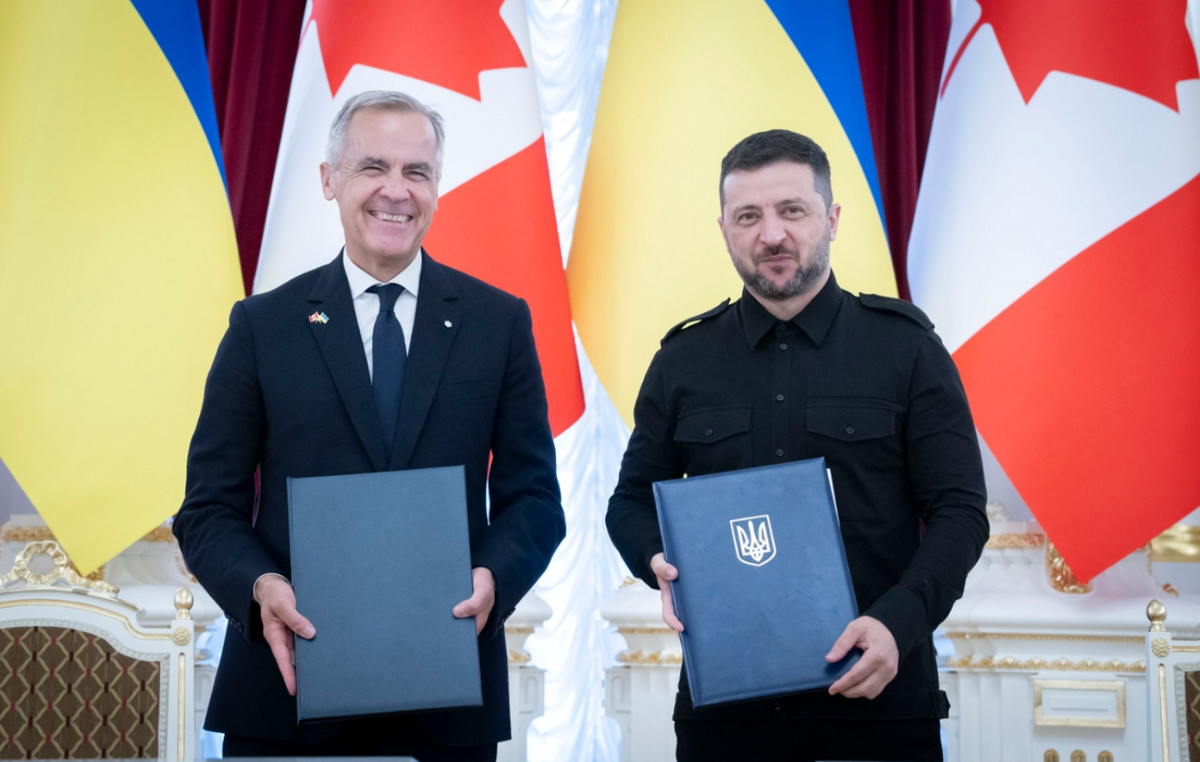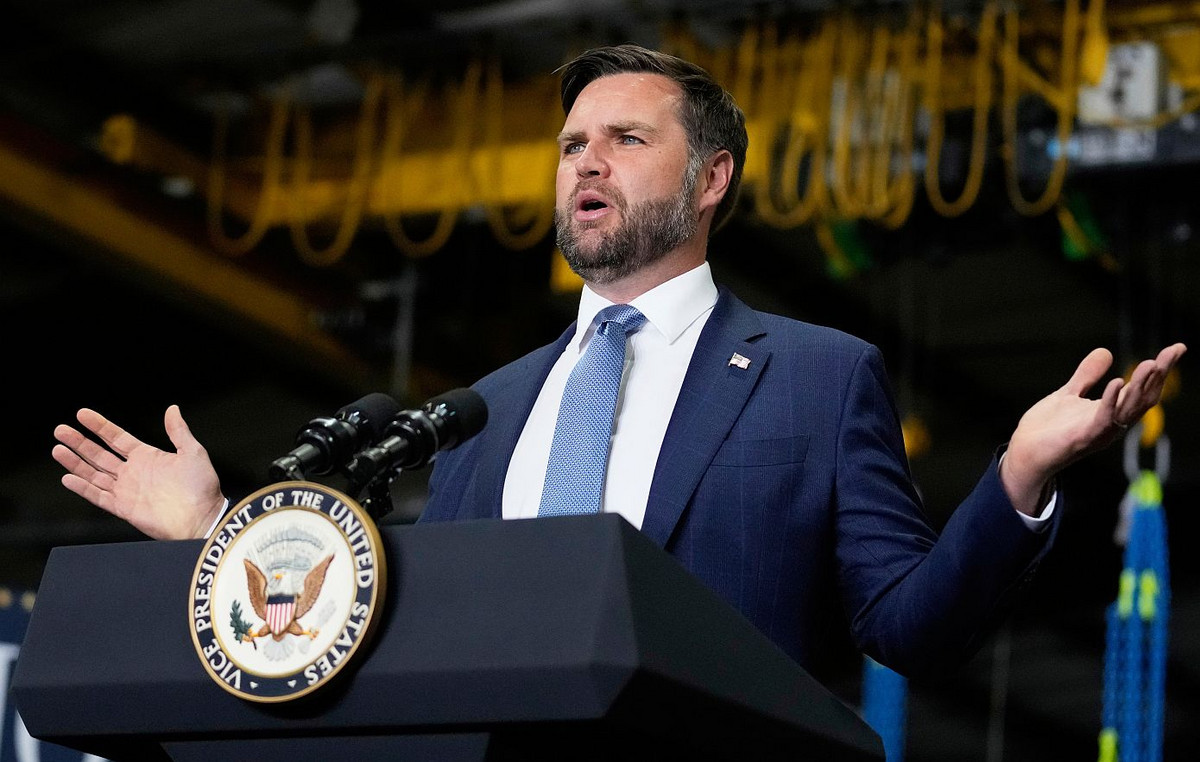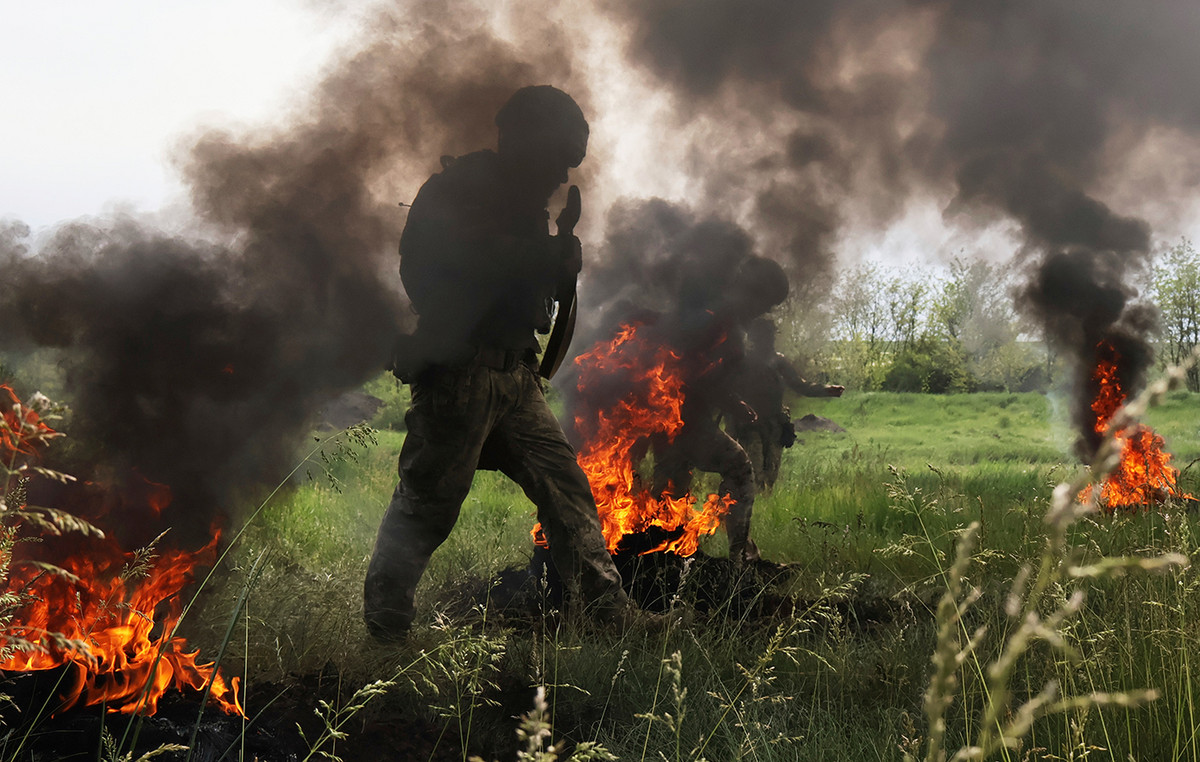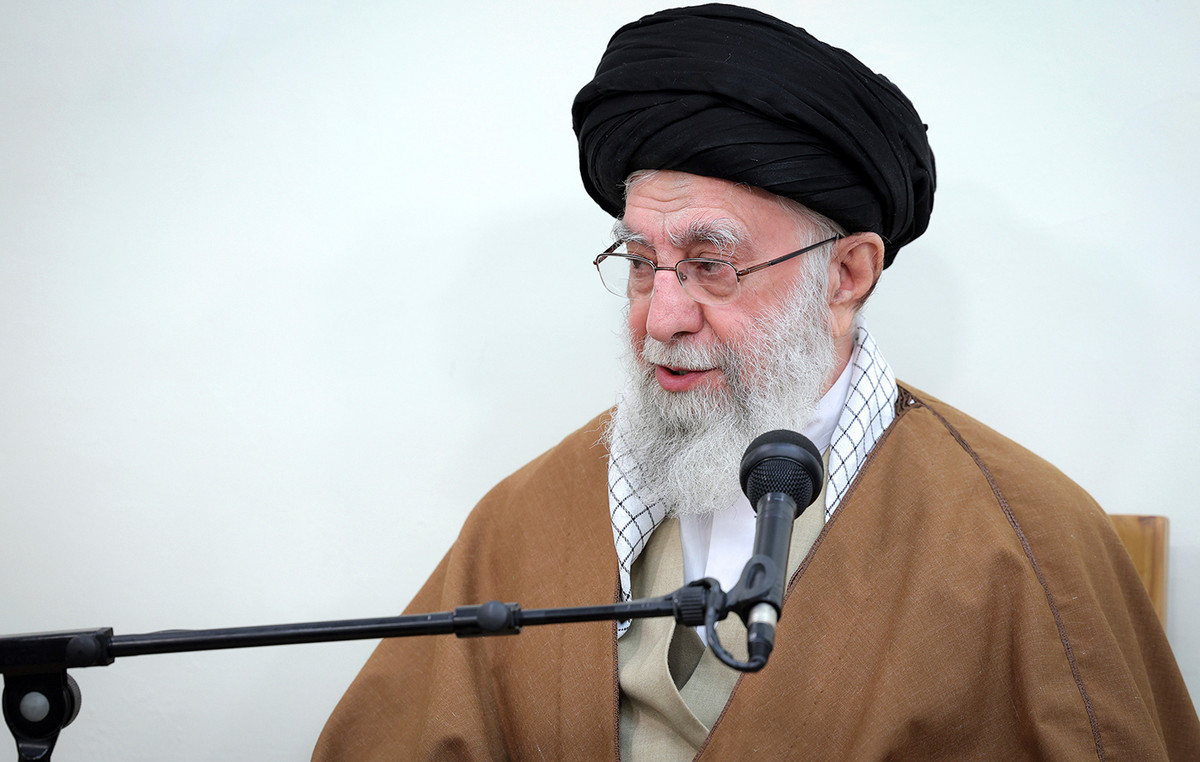Russia’s attempt to use its vast energy exports as a weapon against Europe will not be planned. Moscow reduced gas supplies in retaliation for Western sanctions, but the region managed to accumulate enough for the next winter (in the Northern Hemisphere, which takes place between December and March).
Just eight months after Russian President Vladimir Putin ordered his troops into Ukraine, Europe is shedding its biggest source of energy.
It reduced oil imports, aimed at restricting Moscow’s ability to finance its war, while Russia shut down major gas pipelines.
Russia’s share of the bloc’s natural gas imports dropped from 36% last October to just 9% a year later, data from research firm Wood Mackenzie show.
And EU imports of Russian crude dropped 33% ahead of a ban due to take effect in December, according to the International Energy Agency.
Europe is now on track to fulfill its mission to end its dependence on Russian fossil fuels by 2027 and is increasing imports from Norway and Algeria and liquefied natural gas (LNG) from the United States to compensate.
Gas storage facilities are 91% full, according to Gas Infrastructure Europe, well exceeding the 80% target EU authorities have set for countries to reach by November.
“Putin will fail in his attempt to destabilize the basic economic order, just as he will fail on the battlefield in Ukraine,” German Economy Minister Robert Habeck told a news conference in Berlin on Wednesday.
But the success came at a high cost to the economy: the search for alternative sources drove up energy prices.
European benchmark prices for gas have fallen sharply since their peak in late August, but are still 265% higher than a year ago, causing families and businesses pain and forcing governments to fund huge subsidies.
Germany, Europe’s manufacturing powerhouse, expects its economy to shrink by 0.4% next year.
“Addiction in the physical sense will be gone by the next year,” Georg Zachmann, a senior fellow at Bruegel, a Brussels-based think tank, told CNN Business.
However, “reasonable prices in Europe are only to be expected in the second half of the decade,” he added.
“Just the beginning”
Even with gas storage almost exhausted, energy security in the region remains precarious, with blackouts and gas rationing still possible in the coming months in the event of new supply shocks and an exceptionally cold winter.
Even with gas inventories at least 90% full, the block is likely to face supply disruptions early next year if Russia decides to halt remaining gas deliveries starting this month, according to a July report from the International Bureau of Energy.
Alexei Miller, CEO of Russian state energy giant Gazprom, said on Wednesday that there was “no guarantee” that Europe would survive the winter on its current reserves. He said Germany’s shares would only cover 10 weeks of demand.
Replenishing those inventories next year is already approaching as Europe’s next big test.
The International Monetary Fund warned in a Tuesday report that Europe’s energy crisis was not “a transitory shock” and while the upcoming winter will be challenging, “the winter of 2023 is likely to be worse”.
Tomas Marzec-Manser, head of gas analysis at Independent Commodity Intelligence Services (ICIS), told CNN Business that stores could be “exceptionally low” until the end of March if temperatures drop severely in the coming weeks.
Even if EU member states manage to reduce consumption by 15% over the next five months, a target set by the European Commission in July, replenishing inventories next summer with restricted access to cheap Russian gas would be a “bigger issue” than in 2022, said Marzec-Manser.
“This is just the beginning,” he added.
With Russian imports collapsing, Europe bought LNG as a substitute. Together, Europe and the UK imported nearly 68% more LNG from sources other than Russia between March and September this year, compared to the same period in 2021, ICIS data shows.
But global competition for LNG is already fierce and could become even more intense if – as expected – China’s economy starts to pick up a little more speed again next year.
“A return of Chinese demand for LNG could also pose challenges to Europe’s ability to attract LNG cargoes in the coming year,” Sindre Knutsson, senior vice president of gas and LNG at Rystad Energy, a research firm, told CNN Business .
Oil supplies may also be tight, despite expectations that global demand growth will slow next year as economies slow.
The Organization of Petroleum Exporting Countries and its allies (OPEC+) said last week they would reduce oil production by 2 million barrels a day starting in November.
Florian Thaler, CEO of OilX, an oil data company, said that in the past, when global oil prices were close to $100, as they are now, the United States often ramped up production “in full swing.” That’s not the case today, he said.
unsustainable
European governments have already committed at least 553 billion euros ($537 billion) to help protect families and businesses from painful increases in energy bills as well as other living costs, according to an analysis by Bruegel.
Germany, the bloc’s biggest economy, is prepared to borrow up to 200 billion euros ($194 billion) to lower the price of gas.
But these support programs are not sustainable if wholesale prices remain high.
“Governments should work under the worst-case scenario of energy prices remaining at consistently higher levels than before this crisis for the next 2 to 4 years,” said Giovanni Sgaravatti, research analyst at Bruegel.
European gas futures prices are currently about eight times higher than US benchmark prices, according to Bruegel. Sgaravatti said European prices are expected to stabilize at 2.5 times the US price from 2026.
“Adopting policies that prevent high energy prices from being passed on to consumers is an expensive gamble that is doomed to fail if wholesale energy prices remain high in the future,” he added.
Renewable energy “on hold”
Europe’s desperate race to replace Russian energy has also taken a toll on the environment, while accelerating its plans to ditch fossil fuels altogether in the long term.
Carlos Torres Diaz, head of energy analysis at Rystad Energy, told CNN that Europe’s energy transition “has been suspended”, as it prioritizes energy security.
Fears of widespread energy shortages have led some countries to turn on old power plants that burn coal, the most polluting of all fossil fuels.
Coal-fired power generation increased by nearly 15% between March and September this year compared to the same period in 2021, according to ICIS.
But the energy crisis has focused minds across the bloc. In May, the European Commission unveiled its €210 billion ($204 billion) “REPowerEU” plan to get rid of Russian imports, which European Commission President Ursula von der Leyen said would “accelerate” the transition from continent for renewable energy.
The European Union now aims for renewables to account for 45% of the bloc’s energy by the end of the decade, up from 40%.
“These energy sources also help to reduce dependence on energy imports,” added Torres Diaz.
— Mark Thompson, Nadine Schmidt, Sharon Braithwaite, Uliana Pavlova, and Alex Hardie contributed reporting.
Source: CNN Brasil
Joe Jameson, a technology journalist with over 2 years of experience, writes for top online news websites. Specializing in the field of technology, Joe provides insights into the latest advancements in the industry. Currently, he contributes to covering the world stock market.







